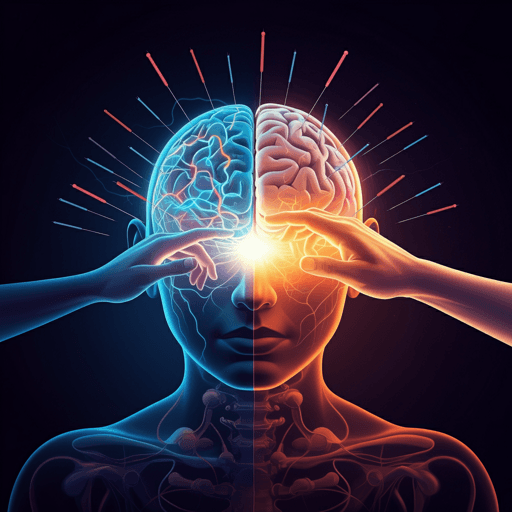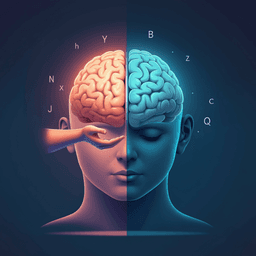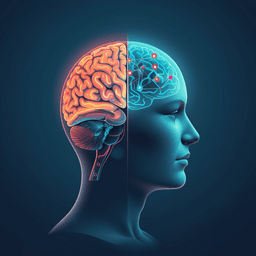
Medicine and Health
Action observation therapy impact on mirror neurons combined with acupuncture for upper limb motor impairment rehabilitation in stroke patients
D. Maimaitiaili, J. Shi, et al.
This clinical study, conducted by Dilinuer Maimaitiaili, Jue Shi, Chunlei Shan, Li Jin, Yiwen Gu, Yuanli Li, and Jin Shu, tests whether action observation therapy (AOT) targeting mirror neurons combined with acupuncture’s peripheral nerve stimulation improves upper-limb recovery after stroke. In 82 patients randomized to AOT, acupuncture, or both, combined treatment produced greater gains on Fugl-Meyer and Barthel Index scores over 8 weeks, highlighting a promising MN-based rehabilitation approach.
~3 min • Beginner • English
Related Publications
Explore these studies to deepen your understanding of the subject.







